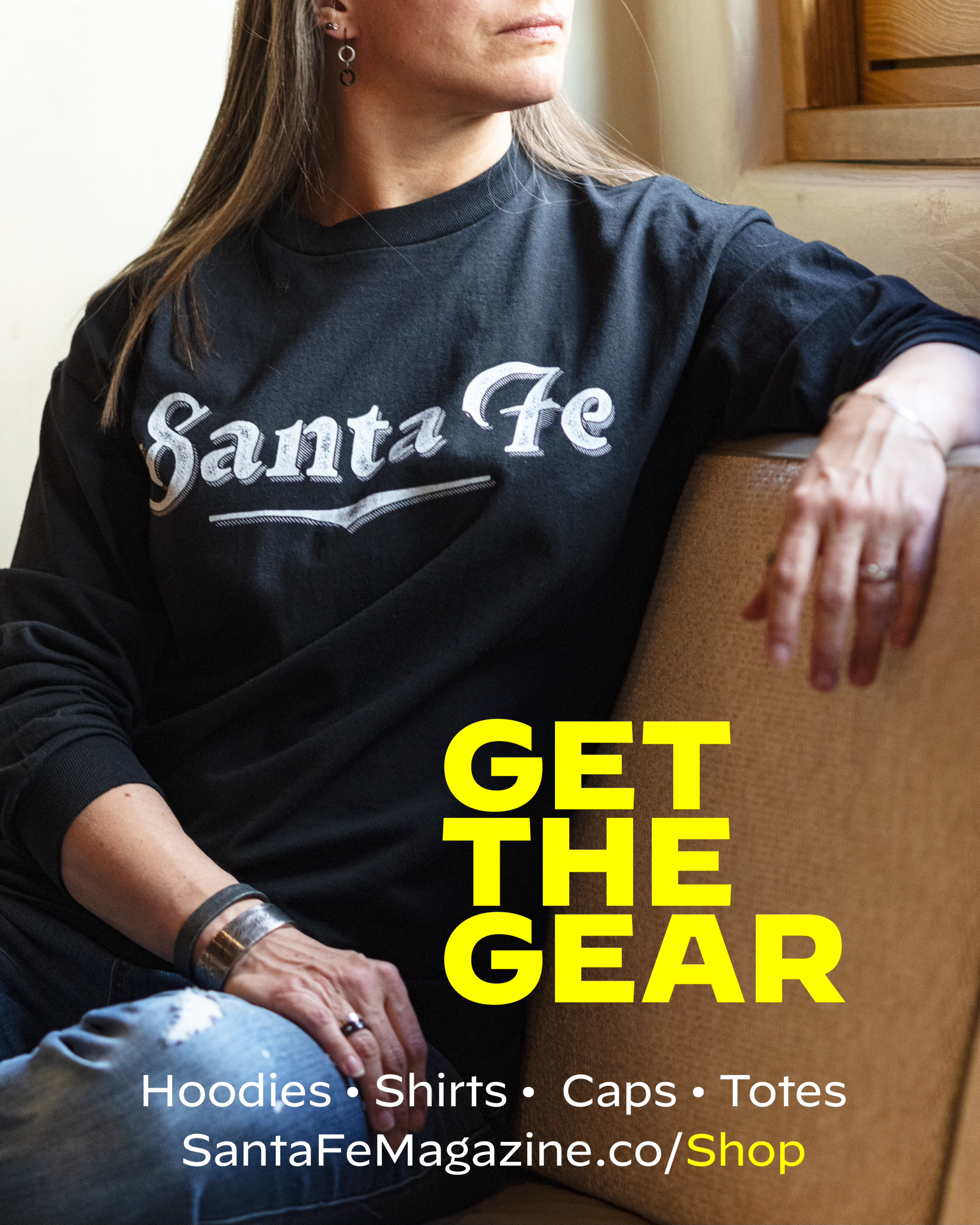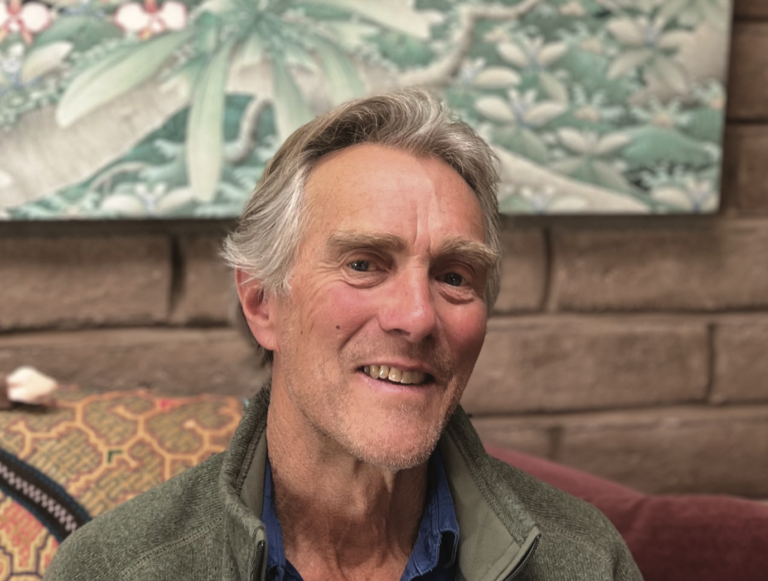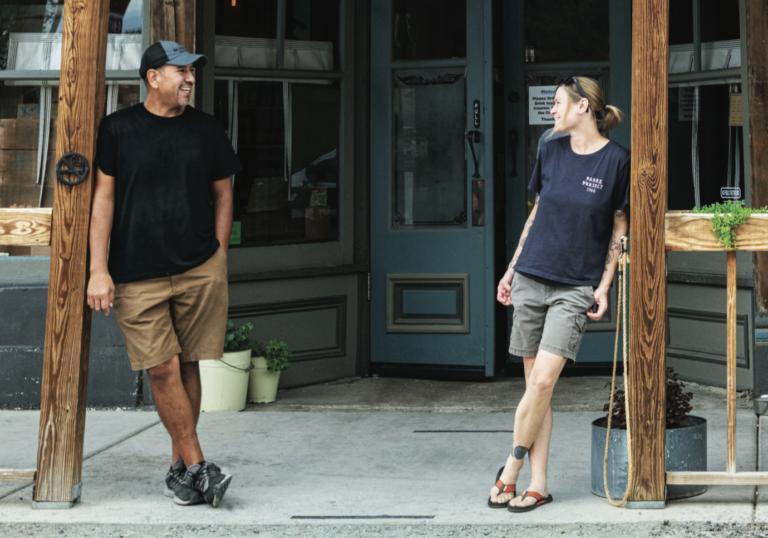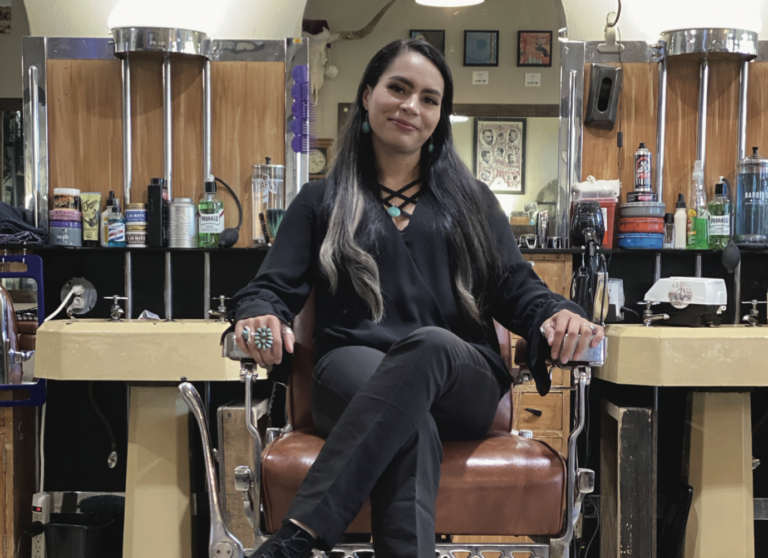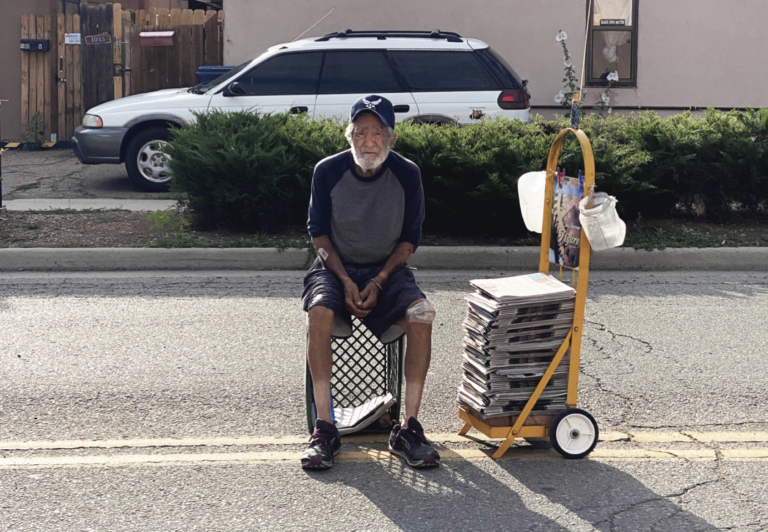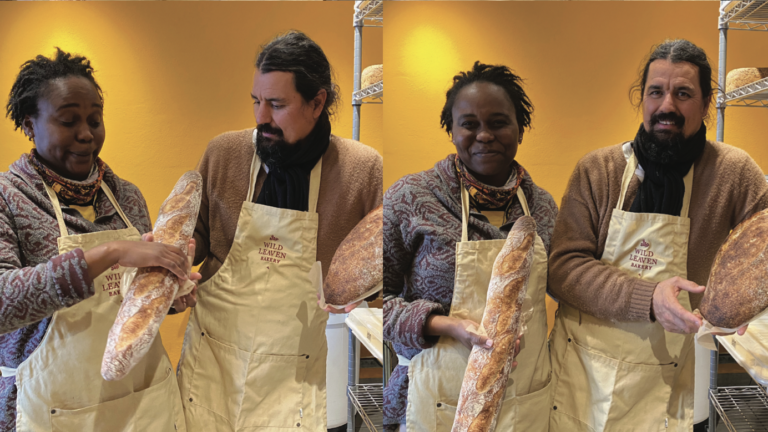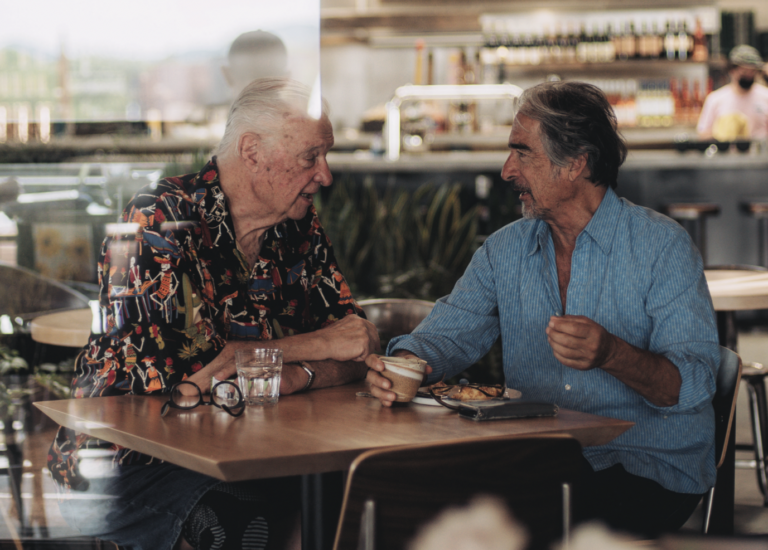I ONCE OWNED A MAGAZINE CALLED MOTHER EARTH NEWS. I bought it in the 80s, just after Reagan removed the solar panels from the roof at the White House. The magazine, once a cult hit, had fallen out of favor. People, I suspect, were too busy trying to make money and consuming shit to worry about something as quaint as sustainability. It was probably dawning on the Woodstock generation that we were not all brothers after all (though the music of the time lulled a lot of people into believing that for a while.)
Mother (as it was called) was an original voice to chronicle what was called the Back to the Land Movement. It gave practical advice on how to live independently, be independent from scurrilous institutions, including the fossil fuel companies and big government. The magazine, in effect, taught competence – how to do things – which the hippies had some trouble with. Spirituality was assumed. For many cohorts of the time, embracing your copy of Ram Dass’s Be Here Now was a good way to get a date (a precursor to Tinder?). In the last 20 years or so, the magazine has made a terrific comeback.
This little history seemed somehow relevant to the conversation I had with Sonja and her partner, true children of the 60s. They live every aspect of the life that was held as the ideal of a Mother reader. They live off the grid, which requires technical knowledge, commitment, and the ability to execute and improvise.
They rely on solar power, they cut their own lumber, they created a tiered water container system, and built a straw casita. (By the way, it is really hard to build with straw, where the bundles have to be sewn together in a precise way so as not to wobble. And if they get wet, it will rot, attract varmints and come to a speedy, messy demise.)
So Sonja and her partner Kali are the genuine article. They live the life that they believe in.
What brought you to Santa Fe?
In Germany, I was interested in spirituality, and I met a guru and I traveled to India to find him. Then the guru – Osho, also known as Bhagwan Shree Rajneesh – decided to go to America. Then I met my former husband, Michael, who was American. He had come back from Morocco and needed a place to live. I was living in this 500-year-old farmhouse in Germany. I was just on my way to India and I said, You can stay here. When I came back from India, I fell in love with him. He asked me to marry him, and that allowed me to get a green card. Also, I had a daughter and he was a great father to her.
I came to America and never returned. In 1976 I came to Santa Fe, a full-blown hippie, with my little girl.
Did you maintain your relationship with your guru?
Yeah, we built a whole city in Rajneeshpuram, Oregon.
Why was he so special?
I don’t know if you know what devotional love means. You fall in love with something. The first time I went to see Rajneesh, it felt like a veil of fear, a veil of shadows was pulled away from me. I have never felt that naked and raw and open and vulnerable in my life. Rajneesh is somebody who will be recognized in 200 years, like Plato.
He developed meditation techniques for our Western mind. His idea is that you cannot sit quietly to meditate; first, you have to get wild. All his techniques were about the first two stages, shaking, screaming, dancing, rocking. And then the last two stages of meditation were sitting quietly or laying down.
He said the Western mind is too busy, people cannot meditate, so you first have to move that energy. He just demolished Hinduism, Christianity, anything; he wanted to destroy all religion. But it was too much for America.
So he built a huge commune and Buddha Hall for 10,000 people in redneck country, Oregon. Can you imagine how the locals felt about it? All those sannyasas were descending, all the disciples in their red clothing with their myra around their necks, raising children together, having open marriages, meditating, eating vegetarian food, building a whole city out of nothing. Those poor people in Oregon, they freaked out. We didn’t last long.
What happened?
It got destroyed. Misuse of power from inside, and also the pressure from outside. Rajneesh went into silence. The last year, he didn’t even speak a word, and put women in charge. One woman was Sheela. She destroyed this whole thing. Wild, Wild Country is a film about the whole time.
In retrospect, what are your feelings about it?
We had a great time. We created this city. There was such openness, heart openings. It was a wonderful time. We went out in this inner circle where we had power and made decisions. We worked really hard. We came home to our boats, our trailers, the laundry was folded. We would go to the cafeteria and the food was displayed. It was definitely about communal experience, sharing, parenting sharing, love sharing, everything. And hopefully, the idea was to get enlightened and also be close to the master. And the closer you got, you were hoping you’d get enlightened faster, but that is total illusion.
When this all closed down, we came to Santa Fe and there were about 150 of us. All of a sudden, Santa Fe became like a reservoir of sannyasas and Sukis. I’m sure you know some of those people.
What did you do then?
My first job was at the Hilton serving breakfast. Then I was the HR manager at Ten Thousand Waves. I got a Master’s Degree in social work and psychology and began working at the Life Healing Center as a therapist/counselor. It’s a rehab for people with substance abuse, depression, anxiety and trauma. My modality is called Hakomi, which is a body-centered psychotherapy. I’ve done that for a long time, 27 years. Now, I’m 71 years old and kind of retired. Now I can reinvent myself and do all kinds of beautiful things. Our life here on the mesa is a sort of a model. We’re off the grid.
What does it mean to you to be off the grid?
Mostly the silence and the communion with nature; you are much closer to the elements here. Last night, I saw the moon, and you’re really with the moon. There’s something about nature that is so penetrating, especially with the rock formations, the silence, and also the sense of independence. If there’s a blackout in town, we are not affected. We still have power. You feel connected with where you came from.
You feel closer to the sun, to the moon, to the grass, to the trees, to the stars, to the clouds, to everything. And it’s a choice you make, because you have priorities. I don’t need to go to the movies. I don’t need to go to the restaurants all the time. You don’t watch television at night.
When you have a container for water, it means that water doesn’t run wastefully onto the ground. You’re less dependent on outside water. When you have light from solar, no one can turn it on and off. You take a bath, which we don’t do very often, but the water from the bathtub goes into the garden, or I take a bucket and wash the floor, and that water from this bucket is recycled.
You’re requiring less of the world and the world gets to ask less of you, as opposed to people who have to go out and do things in order to buy things. There is such a good feeling around making decisions, around how you’re going to live, and how much you consume. I find that very liberating.
The other thing about off the grid living is the light pollution. We don’t have the light pollution here. There are no street lights. You can still see the stars.
You describe yourself as hippies. What do you make of what’s happening in the world now?
We had great ideas in the 60s and 70s. A lot of them are realized now – creating mindfulness in your life, bringing meditation into your life, eating healthy foods, consuming less, living communally, making connections.
Yet there are baby boomers who were united in the ‘60s consciousness who have taken a radically different path of consumption, selfishness and absorption, the opposite of mindfulness.
It’s unfortunate. Taking it back to each individual person, they can do whatever they want. And aren’t we lucky to live in this country where we can do that?
It’s human nature. I wish I knew why we choose hate instead of love. If we have those choices available – creating community, helping each other, being there in compassion, why don’t we do this? Why do you choose to go the other direction? I have no clue.
People tend to destruct and then people tend to create. And I wish I would know what could turn people towards transformation, towards light and love.
Your life seems to have an arc to it; from your early devotion to where you are now.
The arc started where I came from. I grew up in East Germany. My father was a political activist and he escaped. And so then my mother decided it was time for her and I to escape. In 1954, we pretended to go to West Germany for a visit. We pretended we were just going to visit grandma. We took nothing. And we never returned. Now, looking at this transformation, how did I end up with such an abundant life? When you look at that arc, how does anybody come out of nothing?
It’s kind of remarkable, coming from a dark place. Have you ever had any doubts about it?
Yeah. When we were kicked out, back into this world here, after living communally for so long, I had my doubts and said, Oh my God, I wanted to get out of this world and live a spiritual, communal life.
And now you do.
Yes, I do. Hopefully you wake up and you are very grateful about your day and you have food on the table in a beautiful shelter and love in your heart.
Are you home now?
Oh yeah, this feels like home.
Photo SFM

